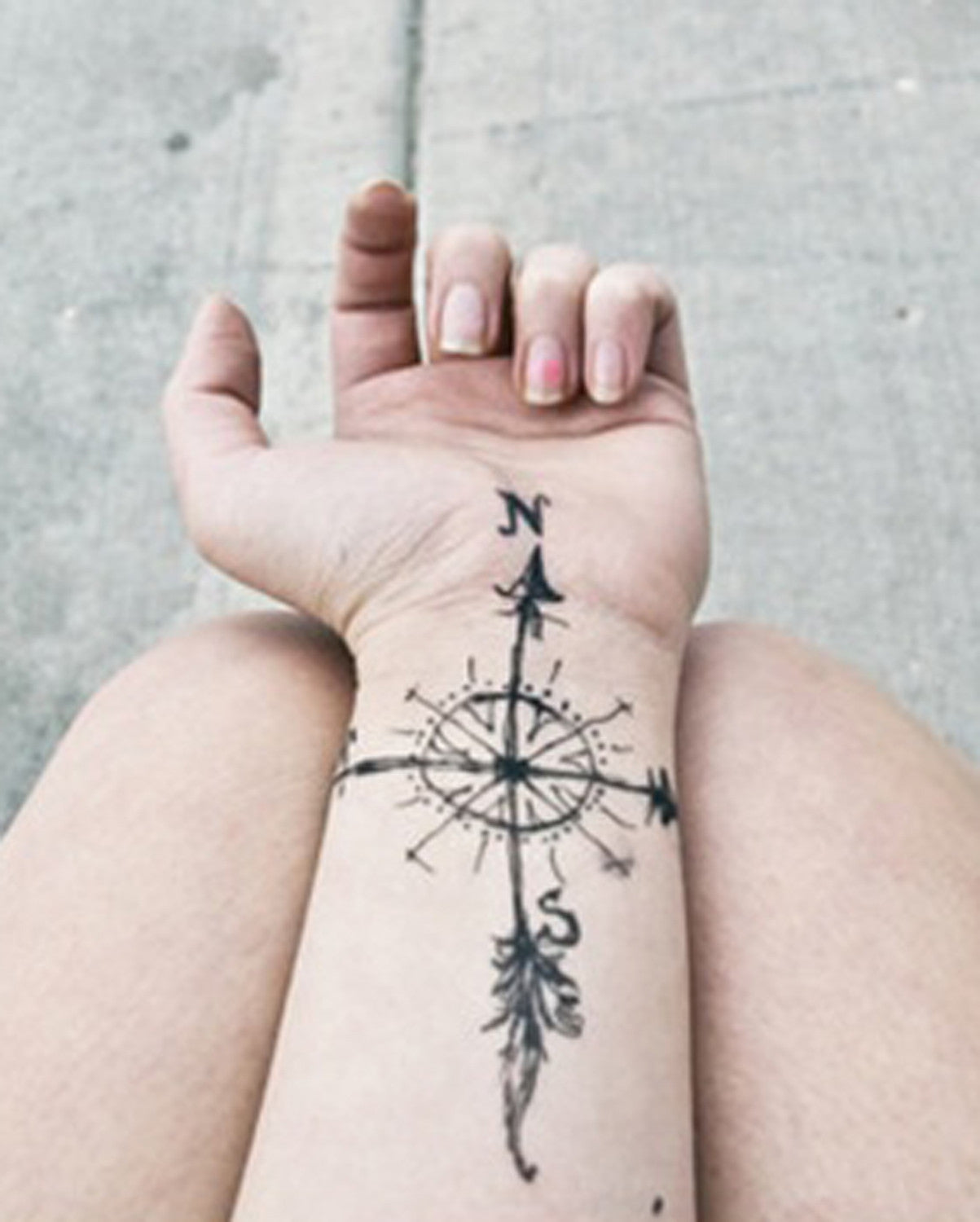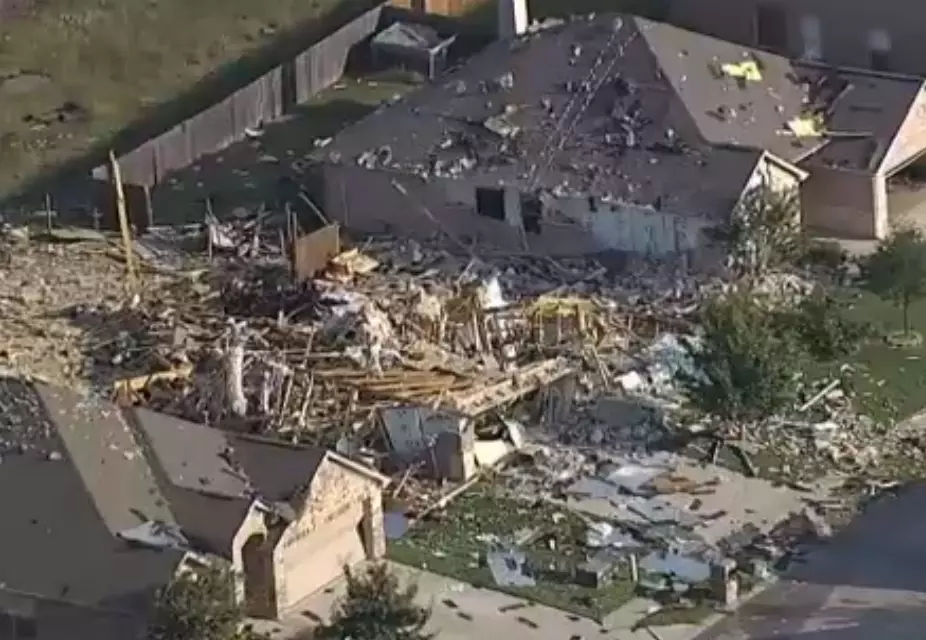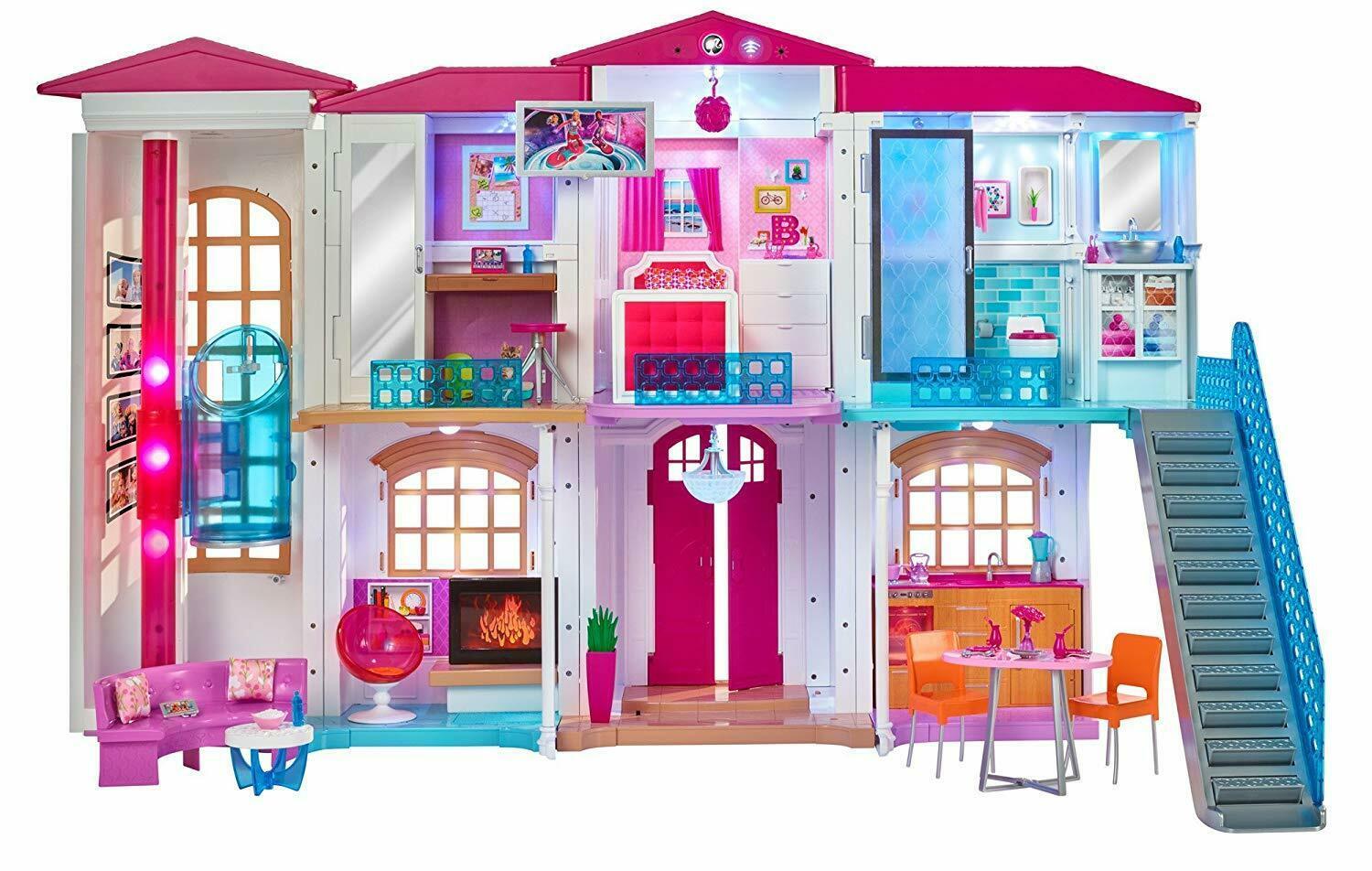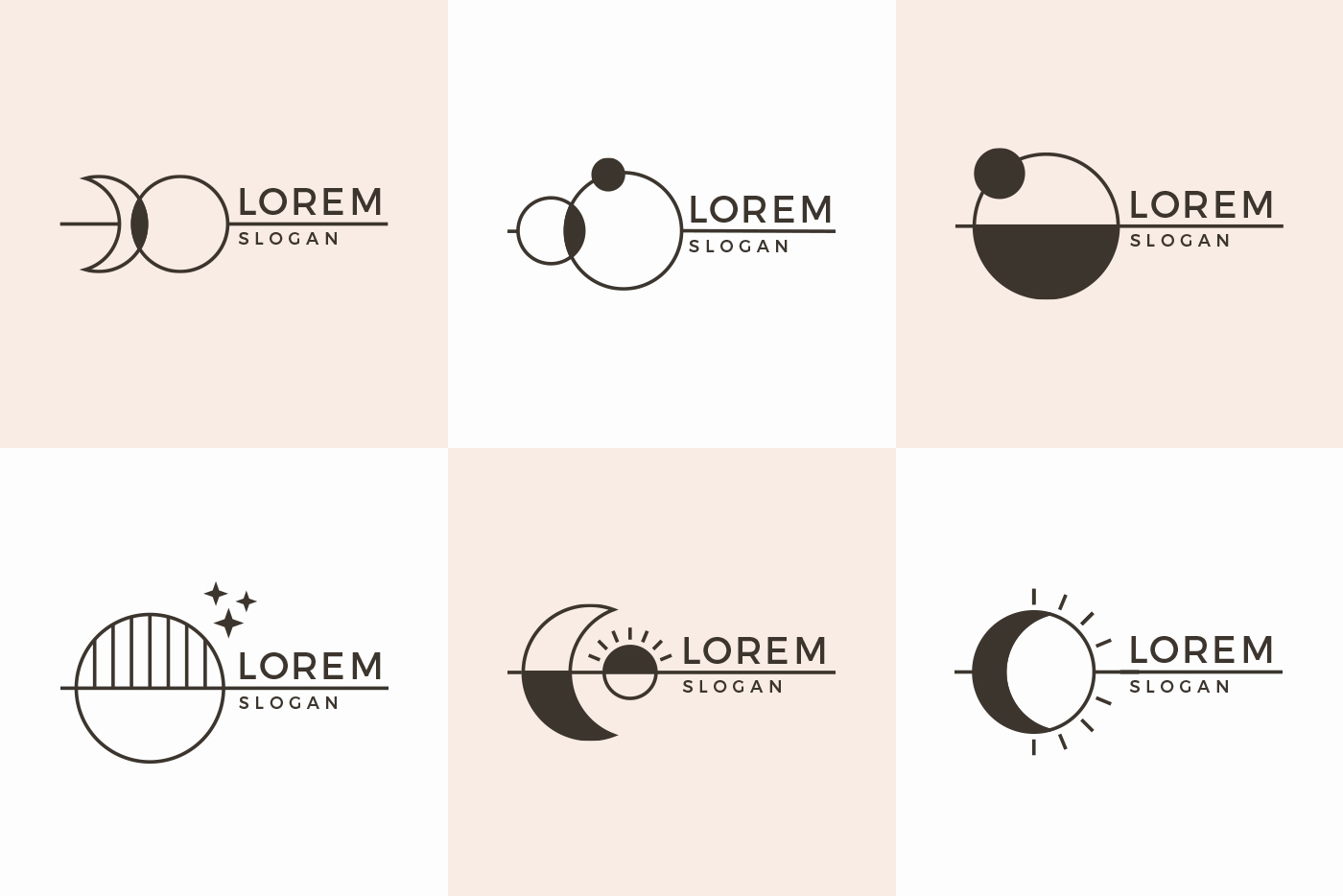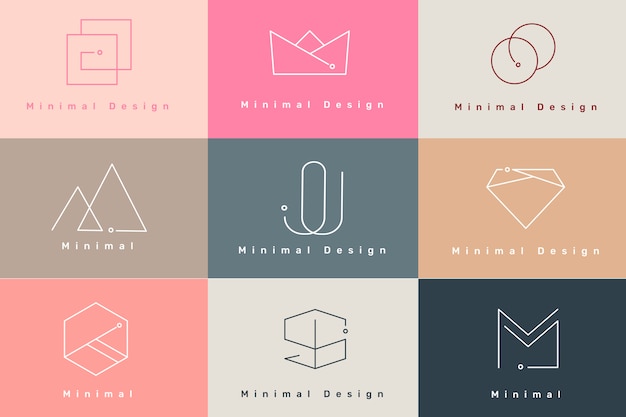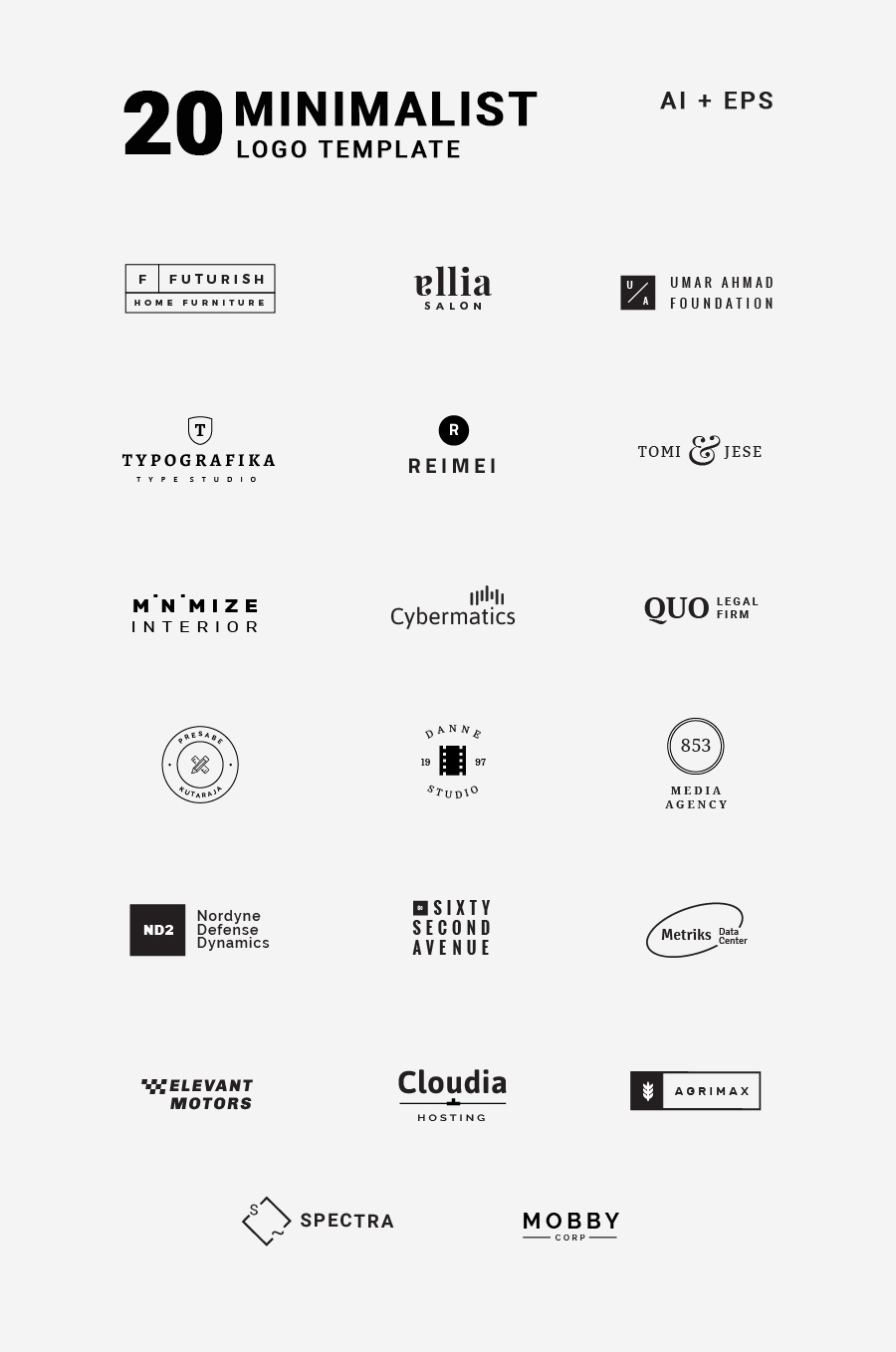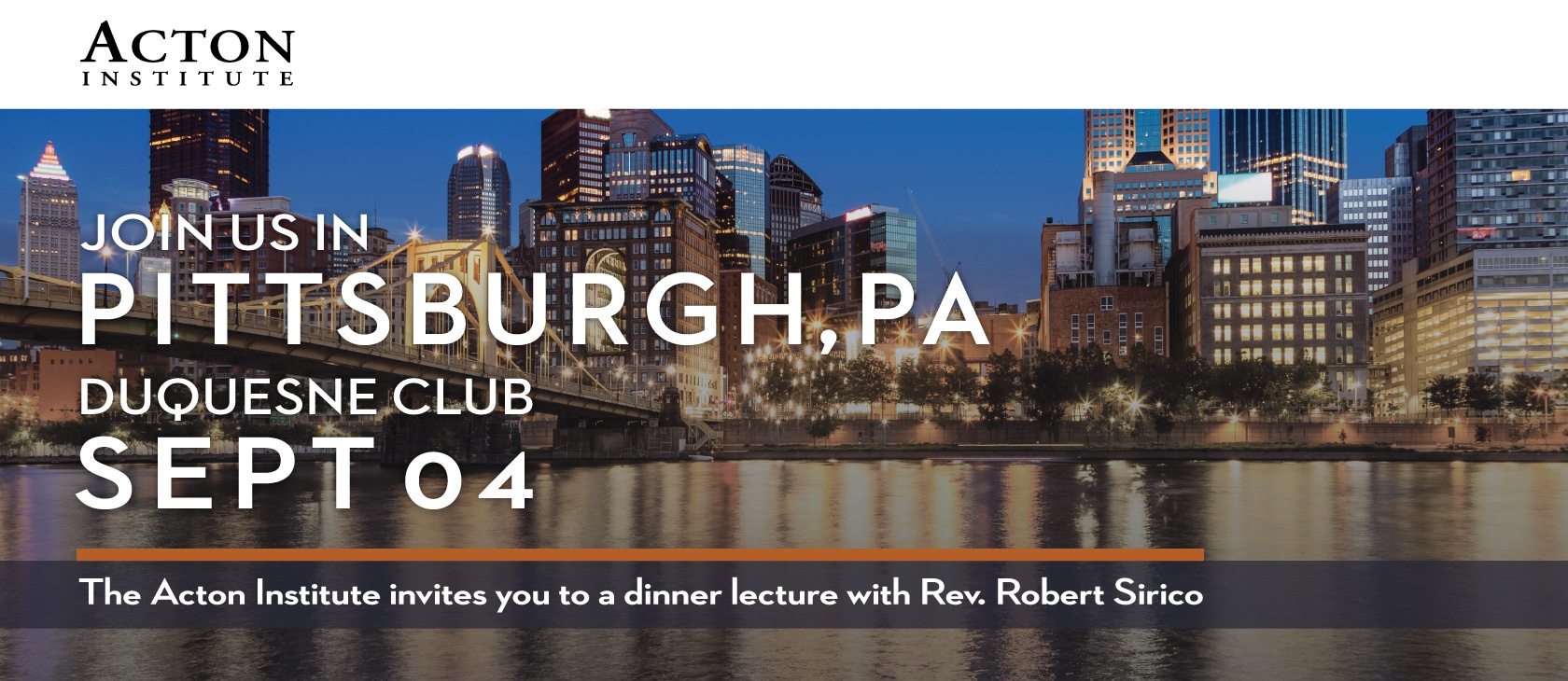Table Of Content
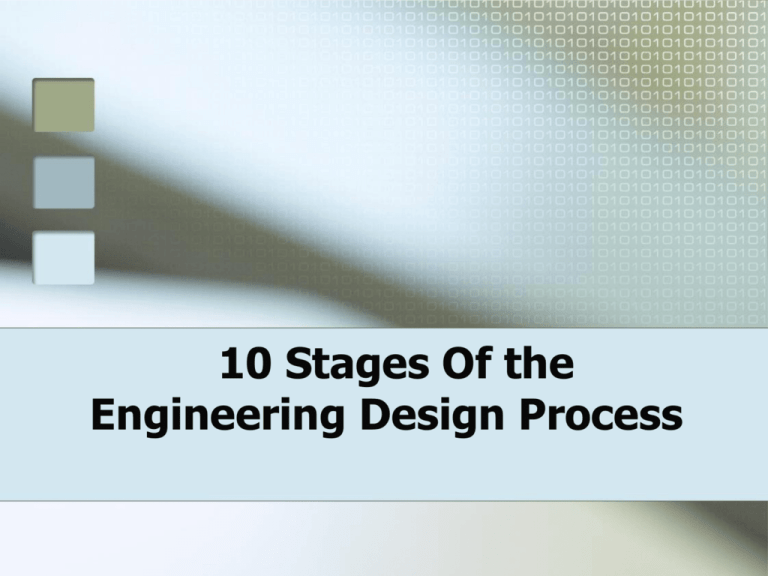
Once they hear the reflections from their classmates and see new ways to improve their design, they’ll get excited to iterate. It can also be challenging to fit the whole design process into one class. The solution is to spread the process over multiple classes if necessary. By this step, you have a design to build, and it’s time to create a functioning version of your solution.
What's The Difference Between Quality Control And Quality Assurance?
They calculate the efficiency of the solar water heaters during initial and final tests and compare the efficiencies to those of models currently sold on the market (requiring ... Students learn how to connect Arduino microcontroller boards to computers and write basic code to blink LEDs. Provided steps guide students through the connection process, troubleshooting common pitfalls and writing their first Arduino programs. Students learn about human proteins, how their shapes are related to their functions and how DNA protein mutations result in diseases. Then, in a hypothetical engineering scenario, they use common classroom supplies to design and build their own structural, transport and defense protein models to he...

Explore Our Science Videos
We’re ready to meet any and all design requirements you may be faced with. However, it is common to run into problems when developing the prototype, but that is just an opportunity to learn and improve the product's design. Understanding the problem and conducting comprehensive research inspires informed and practical ideas for an efficient product design. As such, it is important to consider the findings of the two steps above when brainstorming and conceptualizing ideas.
Create: Prototype party
The engineering design process is designed to be versatile to meet the requirements of different types of projects. The detailed design phase is where a final solution is developed in depth. Engineers define exact specifications, create detailed drawings, and plan the manufacturing process. Students follow the steps of the engineering design process as they design and construct balloons for aerial surveillance. Applying their newfound knowledge, the young engineers build and test balloons that fly carrying small flip cameras that capture aerial images of their school. Students are asked to design a hockey stick for a school’s new sled hockey team.
Establish Specifications and Requirements
They apply what they know about light energy and how it travels through various materials, as well as how a material’s color affects its light absorption and reflection. Working individually or in pairs, students compete to design, create, test and redesign free-standing, weight-bearing towers using Kapla® wooden blocks. The challenge is to build the tallest tower while meeting the design criteria and minimizing the amount of material used—all within a time limit. As part of a design challenge, students learn how to use a rotation sensor (located inside the casing of a LEGO® MINDSTORMS ® EV3 motor) to measure how far a robot moves with each rotation.
“Successful engineering is all about understanding how things break or fail.” – Henry Petroski
Students use Arduino microcontrollers and light-sensitive resistors (photocells) to sense the ambient light levels in a room and turn LEDs on and off based on those readings. They are challenged to personalize their basic night-lights with the use of more LEDs, if/else statements and voltage divider... Students are given a difficult challenge that requires they integrate what they have learned so far in the unit about wait blocks, loops and switches. They incorporate these tools into their programming of the LEGO® MINDSTORMS® robots to perform different tasks depending on input from a sound sensor... Student pairs design, build, and test model vehicles capable of rolling down a ramp and then coasting freely as far as possible.
Faster time to market
Some steps may be completed out of order or repeated to eliminate issues or examine areas of concern. The engineering design process is commonly used on any project that requires designing, building, and testing a product. When product designers use the engineering design process, they apply engineering experience, industry knowledge, and technology to design and build solutions for specific problems. The Engineering Design Process is a series of steps that engineers follow to come up with solutions to problems.
Developing Specifications
Toyota Research Institute Unveils New Generative AI Technique for Vehicle Design - Toyota USA Newsroom
Toyota Research Institute Unveils New Generative AI Technique for Vehicle Design.
Posted: Tue, 20 Jun 2023 07:00:00 GMT [source]
Through this open-ended design project, they learn about the circulatory system, biomedical engineering... Overarching themes of the engineering design process are teamwork and design. Project-based learning engages learners of all ages—and fosters STEM literacy. During this engineering design/build project, students investigate many different solutions to a problem.

Testing and Evaluation
Students act as engineers to solve a hypothetical problem that has occurred in the Swiss Alps due to a natural seismic disaster. Working in groups, they follow the engineering design process steps to create model sleds that meet the requirements to transport materials to people in distress that live... The engineering design process is a series of steps that guides engineering teams as we solve problems.
Students learn how engineers harness the energy of the wind to produce power by following the engineering design process as they prototype two types of wind turbines and test to see which works best. Students also learn how engineers decide where to place wind turbines, and the advantages and disadv... Students apply their knowledge of linear regression and design to solve a real-world challenge to create a better packing solution for shipping cell phones.
They facilitate clear understanding and collaboration among stakeholders, ensuring that design intentions are accurately conveyed and recorded. TWI can help you with a range of engineering activities, including product and process development, technology acquisition, manufacturing and production, design, prototyping and other technical support. You may wish to consider further solutions to compare the potential outcomes and find the best approach. This will involve repeating some of the earlier steps for each viable idea.
Students are challenged to design and program Arduino-controlled robots that behave like simple versions of the automated guided vehicles engineers design for real-world applications. Using Arduino microcontroller boards, infrared (IR) sensors, servomotors, attachable wheels and plastic containers (... Students explore energy efficiency, focusing on renewable energy, by designing and building flat-plate solar water heaters.
It provides an overview of the engineering design process, emphasizing the integration of creativity and functionality in problem-solving. The engineering design process is something your students can use throughout their life to solve problems, whether they decide to become engineers or not. The next step is establishing the specifications our solution will have, and the requirements needed for the proper functioning of such. We need to know how well our product or machine will work and what it will do, instead of how.
Even if the prototype is functional, it may not meet all your expectations. Note where the product falls short, so improvements can be made during subsequent iterations. It's also important to remember that the process is iterative, and steps may be repeated as needed to achieve a specific objective.
Using the engineering design process, students act as material engineers to create hockey sticks that have different interior structures using multiple materials that can withstand flexure testing. Students experience the steps of the engineering design process as they design solutions for a real-world problem that negatively affects the environment. They use plastic tubing and assorted materials such as activated carbon, cotton balls, felt and cloth to create filters with the capability to re... Student teams are challenged to design models of Egyptian funerary barges for the purpose of transporting mummies through the underworld to the afterlife. Students design and build prototypes using materials and tools like the ancient Egyptians had at their disposal. In this activity, students work to solve the problems of a local popsicle shop while learning how scientific and engineering concepts play a part in behind-the-scenes design.

